Pen and brown ink, brown wash
A master of pen drawing, Nicolle excels in architectural drawing in which the landscape has its place. Influenced by Piranesi and his bewitching staging of ancient ruins, Nicolle won the first prize for perspective in 1771.
The artist produced a report for Louis XVI in the form of a series of veduta in Italy itself, in Naples, Rome, Florence, Venice, in particular. His Italian scenes have a special atmosphere, delicious and refined, a soft light that manages to spring through the brown ink that make these representations, as here, the most sought after. Nicolle's works are kept in the most famous French museums, Le Louvre, Carnavalet, La Malmaison. With a tight format, this fine perspective is full of details.
The scene is set in an Italian village, possibly near Naples. In the distance a mountain where the plumed silhouette of a volcano, Vesuvius, seems to be visible.
The conversation in the foreground takes place at the edge of a temple and its Doric column between a young woman and a priest, while a woman, further away, prays on her knees at the foot of a statue. Inside this temple, with its impeccably mastered architecture, can be seen the sketch of several paintings, a sign of the importance of this flowered place of worship. The water of a fountain indolently gives rhythm to this peaceful Italian scene, the simple sketch of another character in the distance, a building emerges near umbrella pines.
On the horizon, the mountain. In this contained format, the composition, perfect, is a feat. The admirably animated architecture occupies two thirds of the work with a vertical asymmetry erected by the temple, figurative elevation.
The naturalistic sky less than a third. The spiritual dimension, in its most human incarnation, is nevertheless omnipresent. Everything within this work calls for contemplation. Unsigned but appraised by Bayser by the hand of Nicolle; which fully and irrefutably confirms his corpus.
Framed: 19.8 cm x 16 cm / drawing alone: 10 cm x 7cm


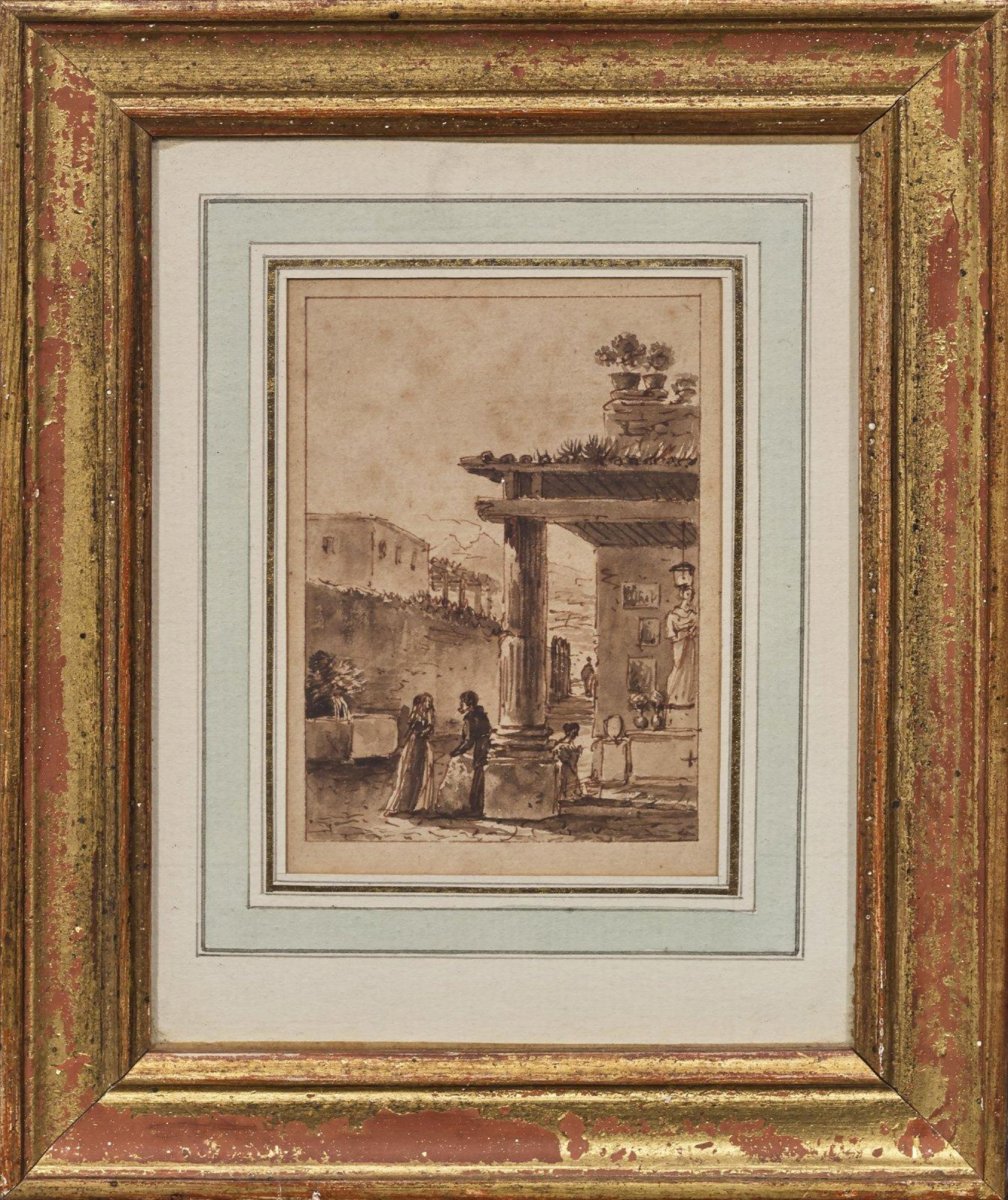
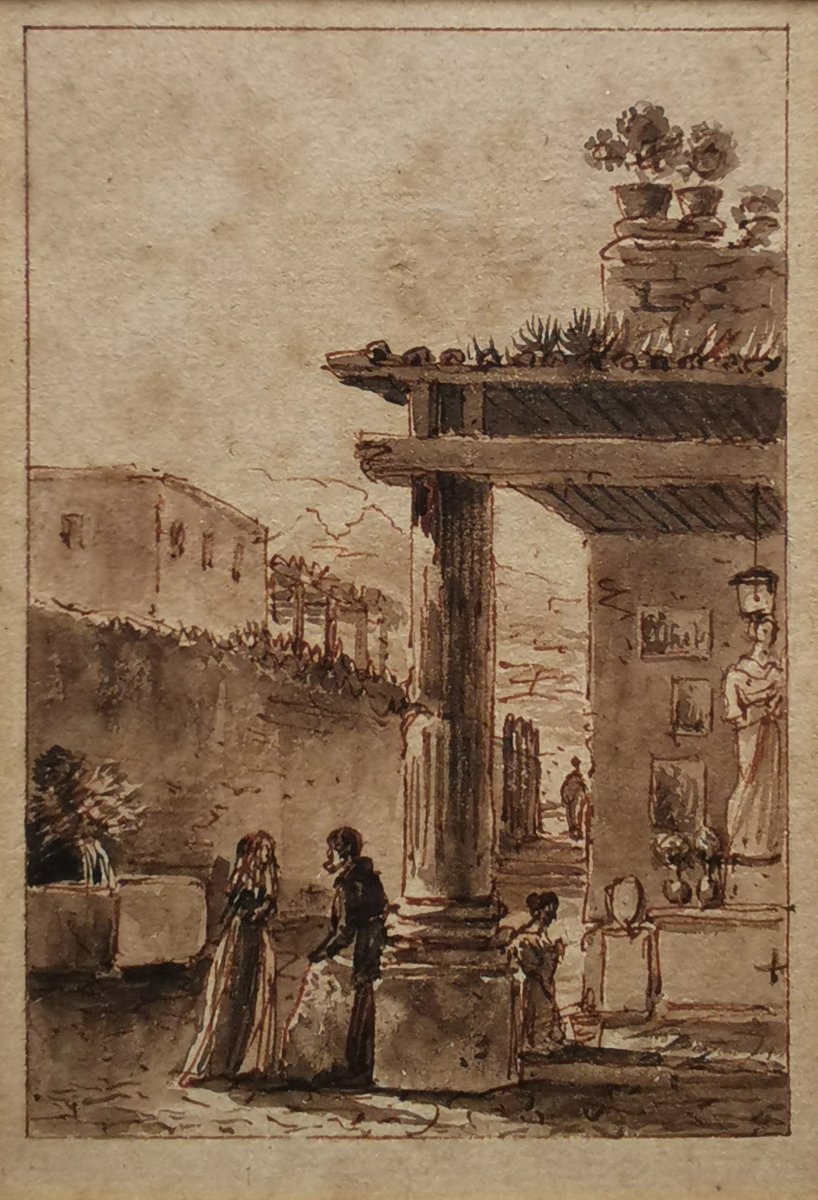



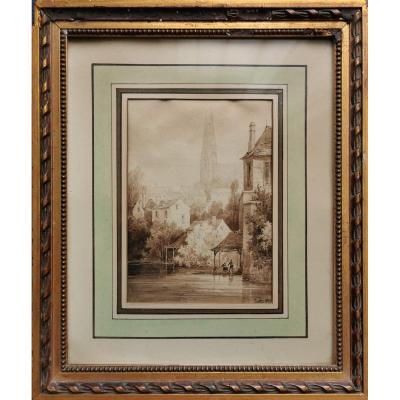
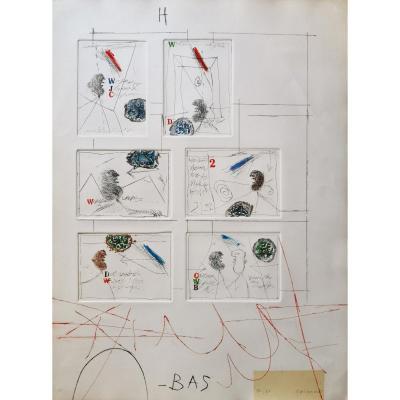

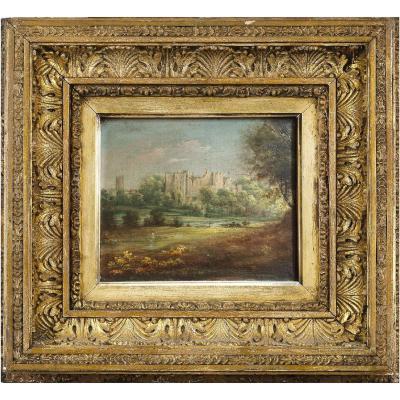




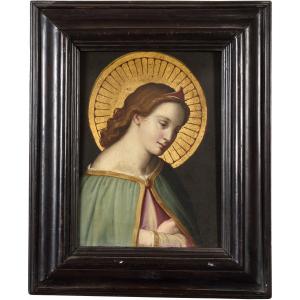
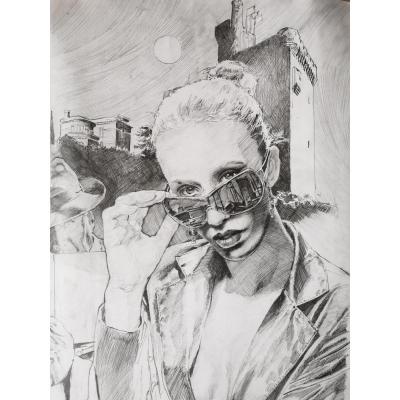


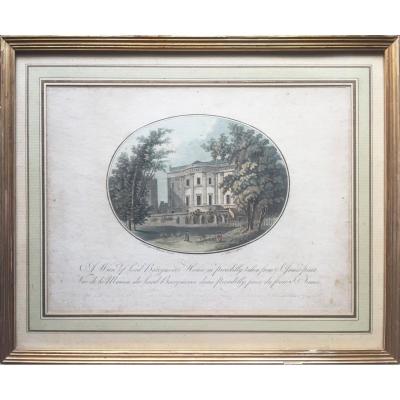
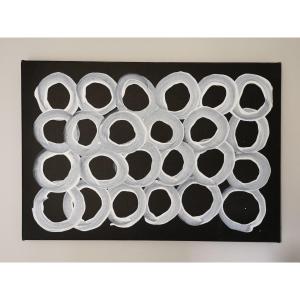

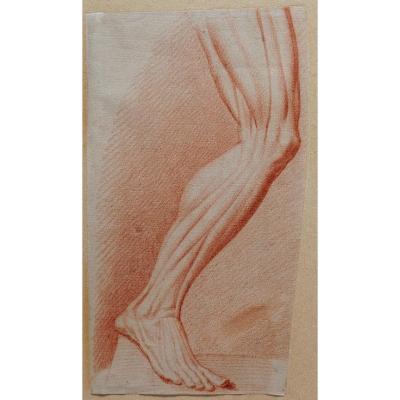

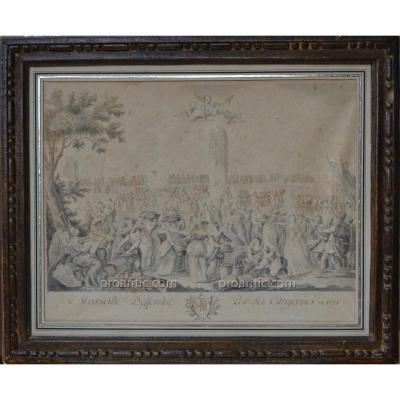
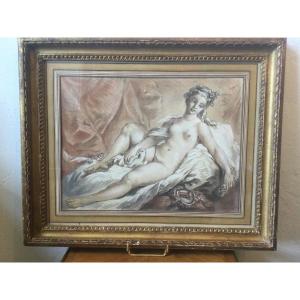



 Le Magazine de PROANTIC
Le Magazine de PROANTIC TRÉSORS Magazine
TRÉSORS Magazine Rivista Artiquariato
Rivista Artiquariato